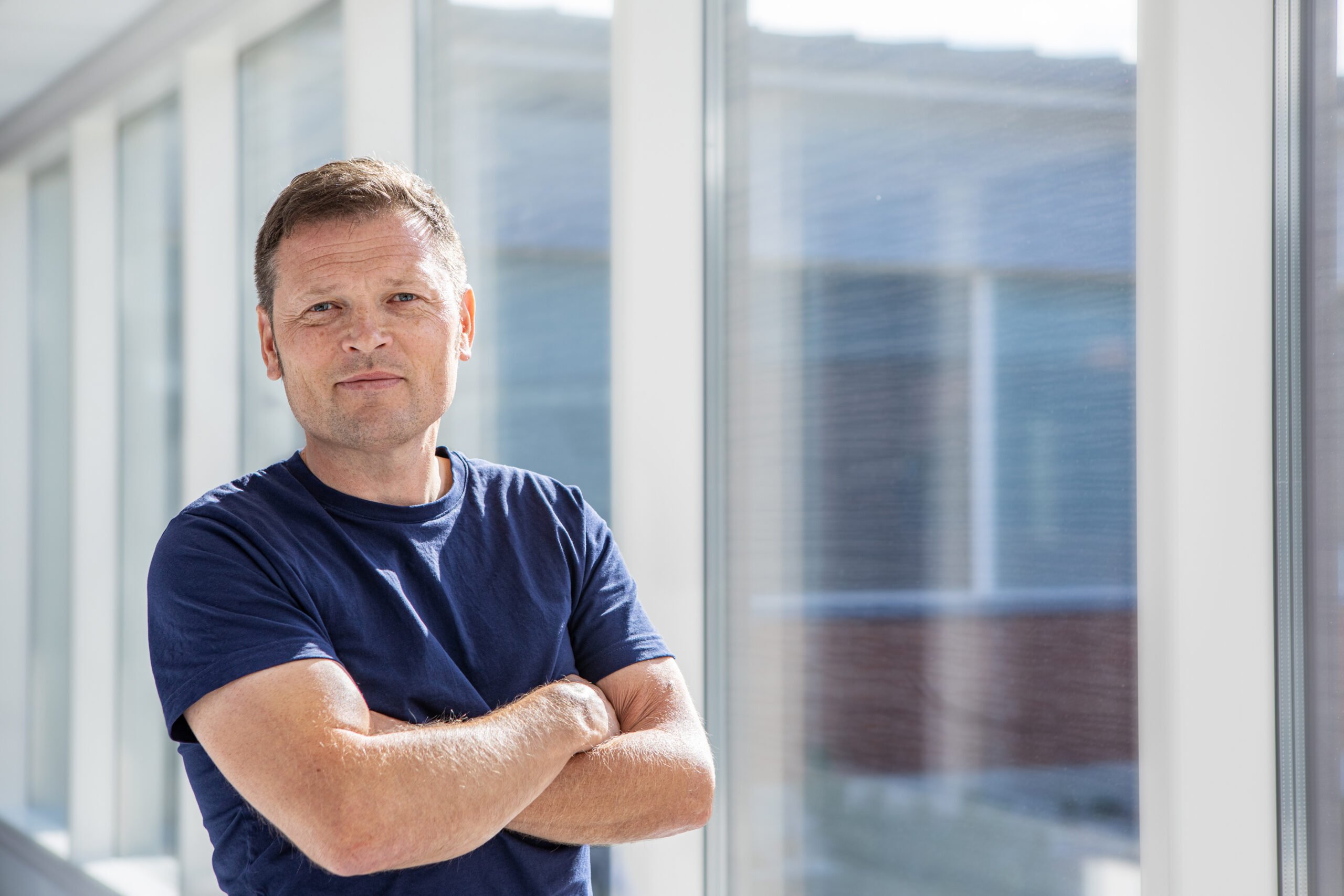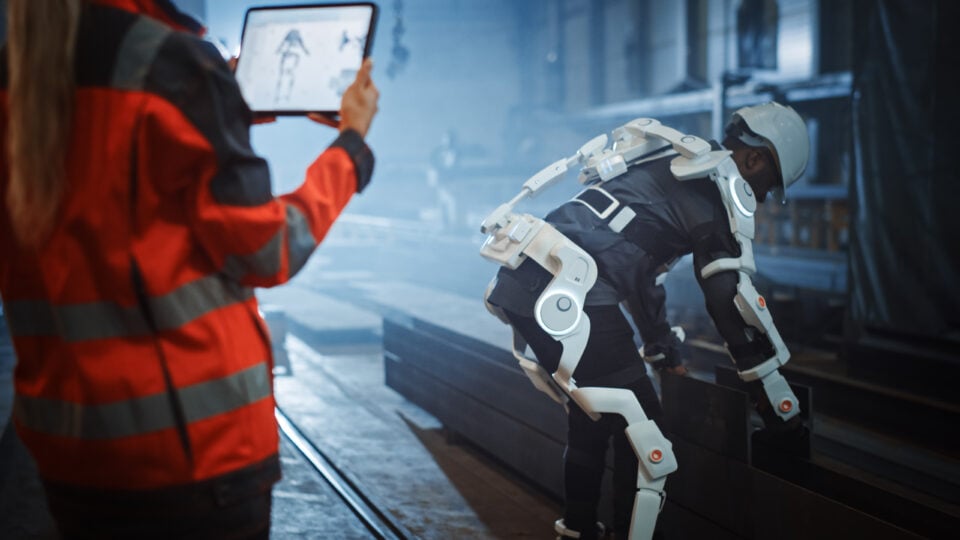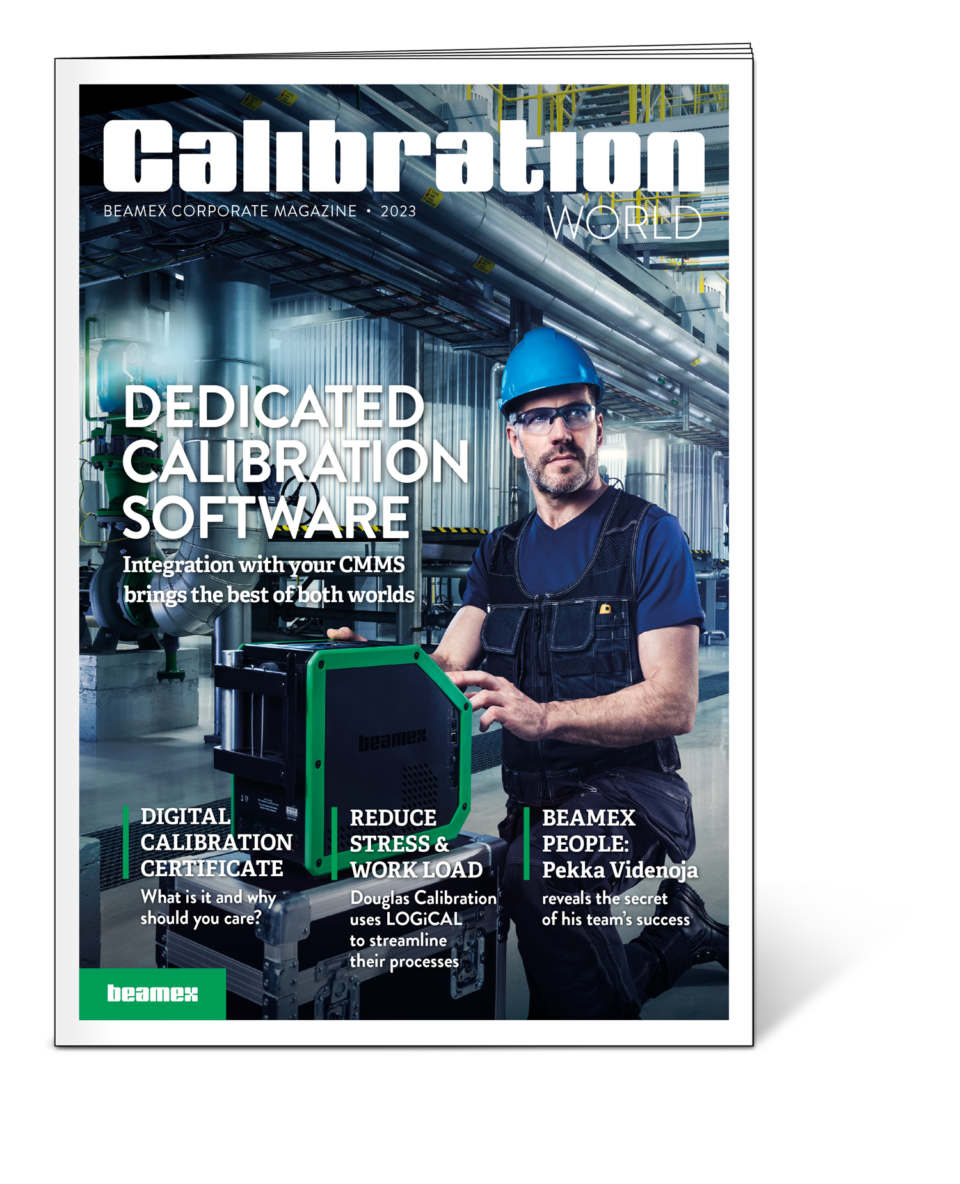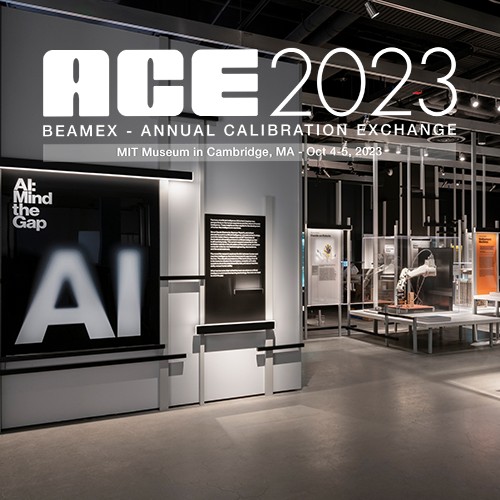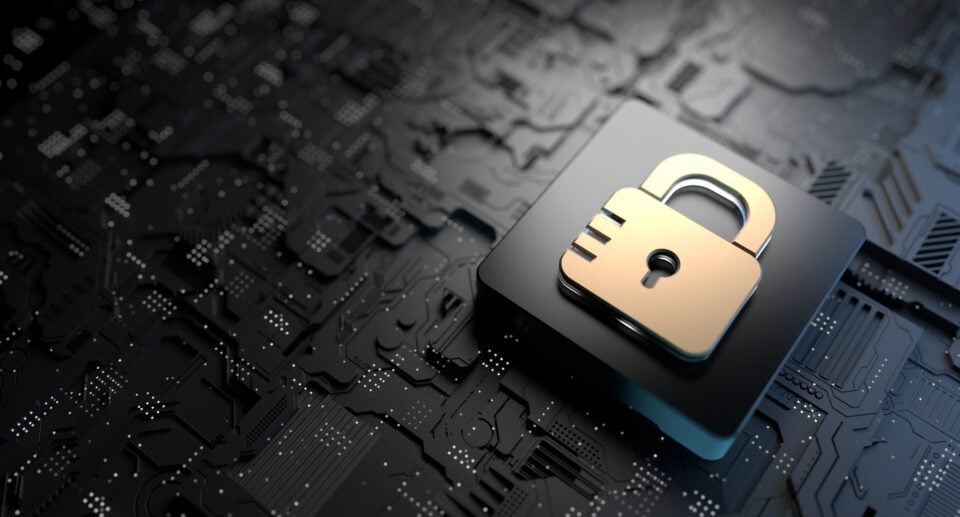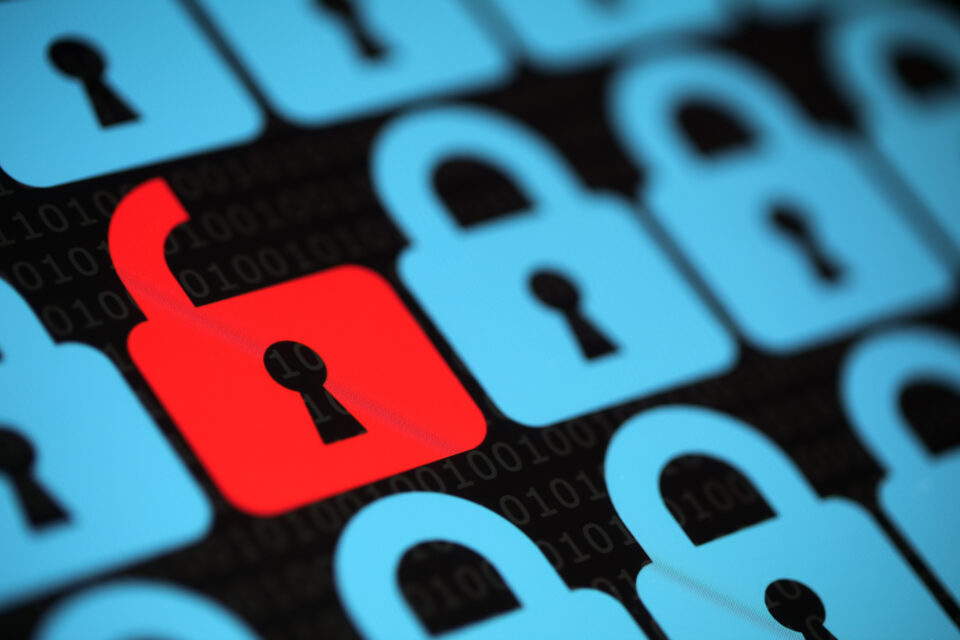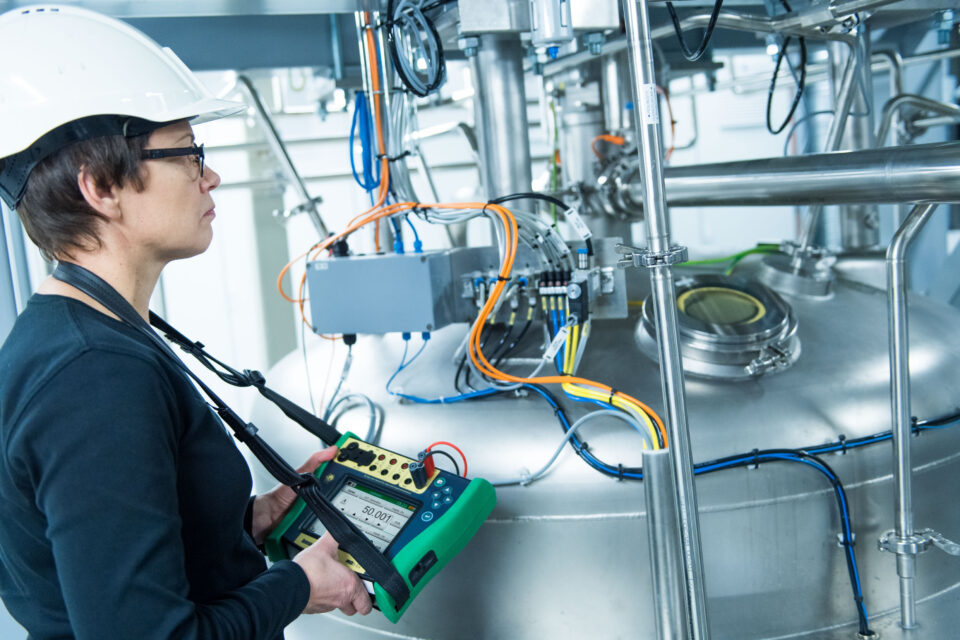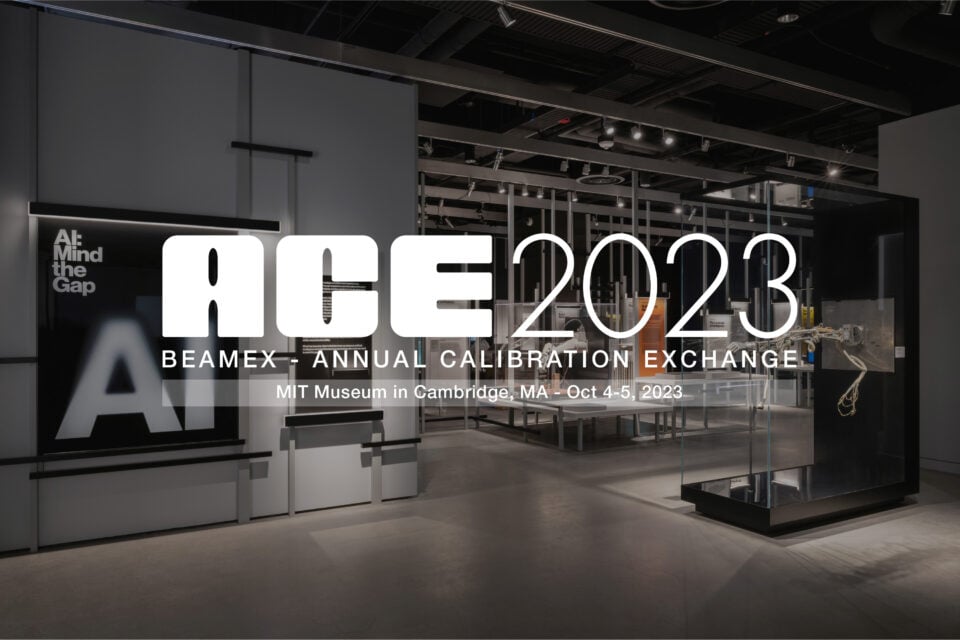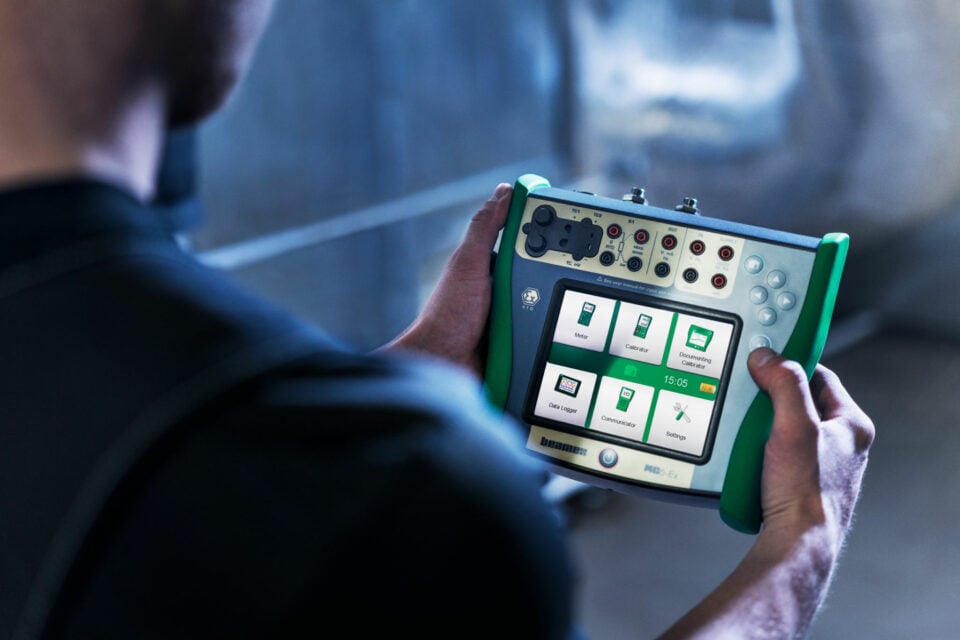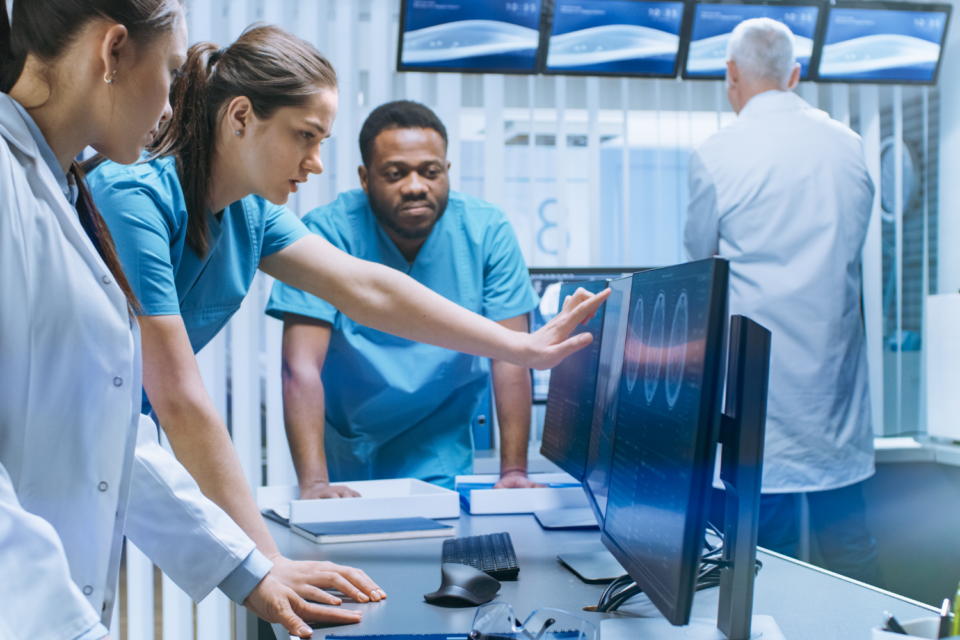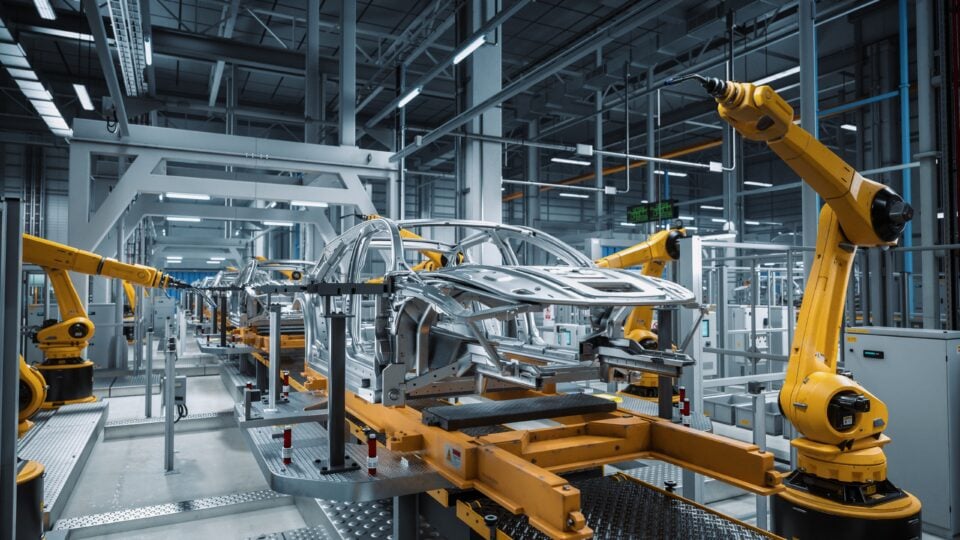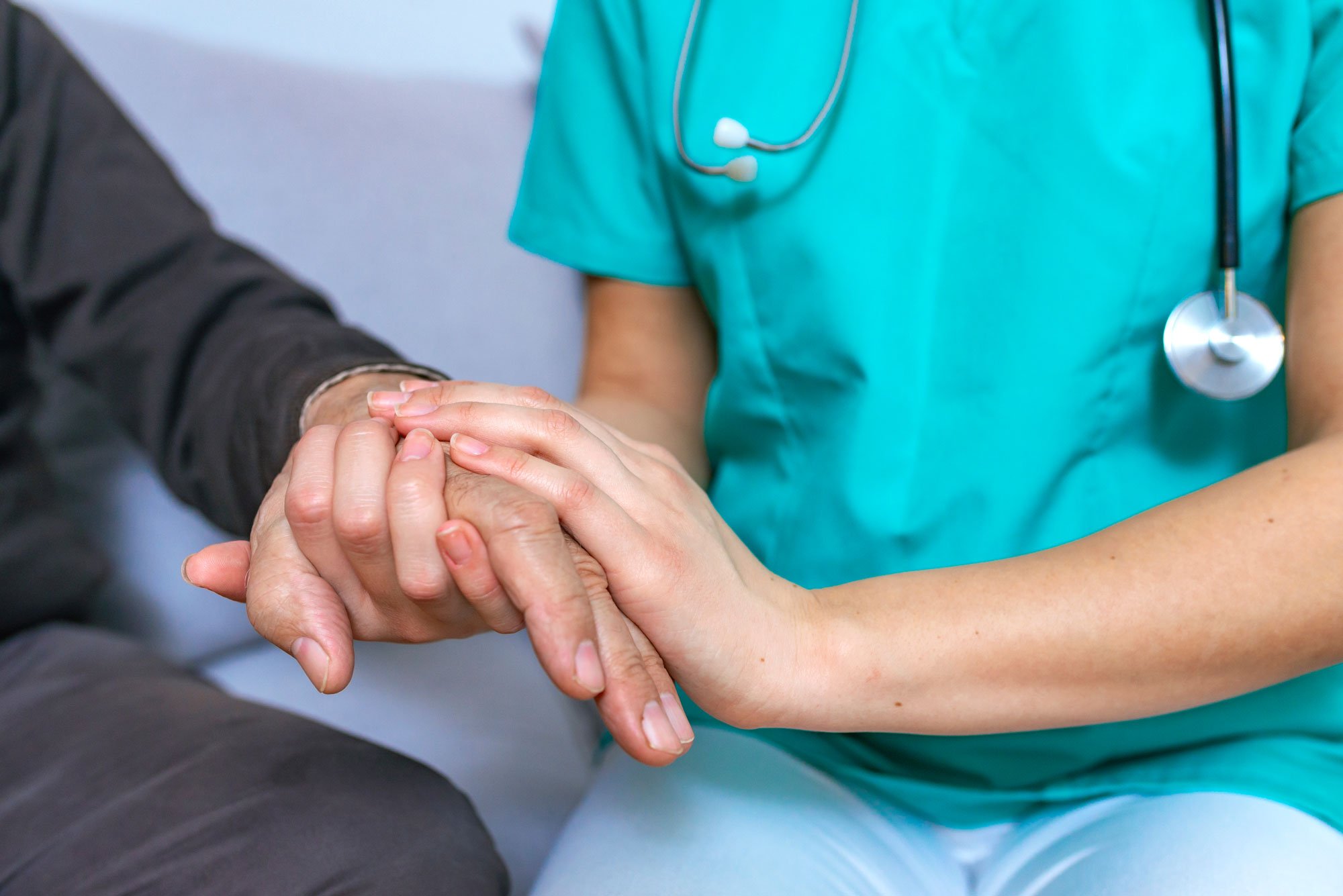
Ensuring equal access to healthcare with technology
Sami Koskinen, Director of Digital Transformation, Beamex
The global population has just crossed 8 billion, and while that is a number that causes anxiety, what worries me most is the consequent rise in health problems.
From a global life expectancy of 34 years in 1913, people can reasonably expect to live up to 72 years and longer today. Hypertension, cancer, Alzheimer’s – the number of diseases that people might be afflicted with only grows with age. According to the UN, the population of people aged 65 and over that the world will reach nearly 1.4 billion people by 2043.
Add to that the problems caused by climate change, pollution and increased pressure on resources. The World Health Organisation estimates over 90 per cent of people are breathing polluted air, causing 7 million premature deaths. Extreme heat exacerbates cardiovascular and respiratory impacts, which has ominous implications in a rapidly heating world. Unusual weather events such as floods and droughts can increase the spread of infectious diseases such as hepatitis, malaria, and dengue by half. Low and middle-income countries are most at risk with people being unable to access quality healthcare affordably. Almost 100 million people fall into extreme poverty each year thanks to health expenses.
Treating it as an engineering challenge
How do we go about meeting the healthcare requirements of this growing population?
That to me is an engineering challenge and one of the points I raised at a recent meeting of the International Society for Pharmaceutical Engineering (ISPE) where 2300 experts gathered to discuss how to deliver better quality healthcare around the world. A key realisation was that we must use technology more effectively and share knowledge to ensure that everyone across the world has equal access to pharmaceuticals, medical care, and welfare.
One example of how I see technology helping the healthcare sector evolve is through wearables. Today, I’d argue the average person is better informed about their health than they were pre-pandemic with wearables collecting data on cardio health, sleep, oxygen saturation and even stress. More advanced sensors are being developed which will allow people to monitor blood pressure and glucose while they are on the go. This data can be collected through the cloud and analysed by regional healthcare providers. Using AI, they will be able to identify emerging health trends and problems in different parts of society. Once identified, directions will be sent out to get the necessary medication into production. Edge Computing and advanced pharmaceutical manufacturing methods would help create tailor-made medication, specific to a person’s biology and symptoms instead of adopting a one-size fits all setup. This medication would then be delivered through the smart supply chain which tracks the delivery through all stages of its transport.
An initiative that requires buy-in from all
While the scenario above might sound utopian, the technology and expertise already exist to make this a reality. The pandemic showed us it is possible to use technology, coupled with human innovation – to get life-saving medication to almost every part of the world. Governments, regulators and NGOs all cooperated in sharing knowledge and best practices to get things where they needed to be. Now imagine if we can leverage this level of data sharing and cooperation to meet all of humanity’s healthcare needs.
Calibration will play a key role in making this come to life, providing stakeholders with the trust and guarantees they need to automate something as critical as healthcare and share the resulting data. This is important since improperly calibrated equipment can result in imprecise measurements. In a study of medical devices against international standards and manufacturer’s recommendations – 34% of devices failed the visual test, 5% failed a safety test, and 58% failed the performance test. The use of regular calibration can help stop this problem in its tracks, by ensuring a device’s proper functioning. Calibration also increases transparency in the system allowing for more automated and targeted distribution of healthcare.
At Beamex, we have been doing our bit to help this process along with calibration hardware and software. Our calibration devices are being used by the global pharmaceutical industry to ensure that all devices are performing up to optimum standards, and even verify that the data they are collecting for the manufacture of drugs and other compounds are as accurate as possible. On the software side, we have been working years together with the industry to build a solution that helps comply with regulation, manages calibration best practises and integrates seamlessly into the pharmaceutical ecosystem. I am proud to say that our solutions were also used by COVID-19 vaccine manufacturers to improve their automation and plant maintenance, allowing them to respond faster to the global demand for vaccines.
As the global population rises and along with it, the burden on healthcare – we are willing to work with different stakeholders in finding solutions to strengthen existing systems, increase transparency and innovate new ways to ensure equal access to healthcare for all. If you have an idea that you feel will help with this, get in touch. I am all ears.
You might also find interesting
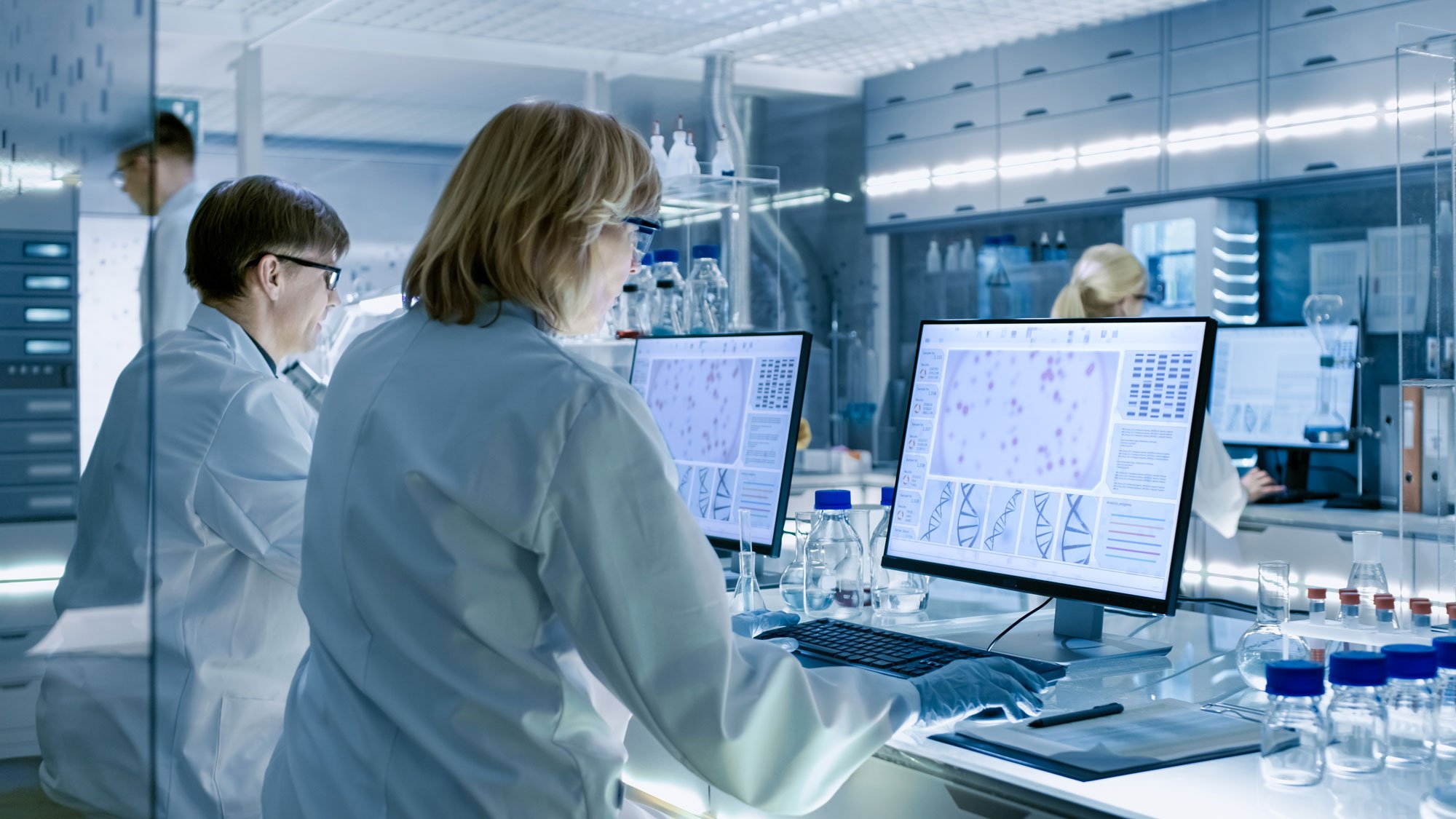
For a safer and less uncertain world
Welcome to our series of topical articles where we discuss the impact that accurate measurement and calibration has on the world and our everyday lives.
